Customer Relationship Management (CRM) software is now crucial for businesses looking to increase their revenue. It allows companies to manage customer interactions by capturing data, tracking interactions, and automating business processes.
To scale your sales and grow revenue aligning your technology with your Proven Process/Ideal Client Journey and associated sales and marketing processes is crucial. The first and most important decision regarding your sales and marketing technology stack is selecting the right CRM.
When choosing a CRM, defining the ideal state for your sales and marketing tech stack is critical. This includes visibility, contact data, automation, and reporting. You should also consider the need-to-have and nice-to-have options, your long-term business vision and goals, the rest of your tech stack, execution, and the vendor.
Let’s Talk About Why You Need a CRM
We know you know you need a CRM, but understanding the specific advantages can help you in your decision-making process to select the right one.
One of the most significant advantages of using a CRM is centralizing customer data in one place. By doing so, businesses can access all the information they need to manage customer relationships more effectively. This can include contact information, purchase history, and communication preferences. This information allows businesses to create targeted marketing campaigns that speak directly to customers’ needs and interests.
CRM software also enables businesses to automate their sales and marketing processes. This includes lead scoring, lead nurturing, and email marketing. By automating these tasks, companies can free up their sales and marketing teams to focus on higher-value activities, such as building relationships with prospects and customers.
Another advantage of using a CRM is the ability to track interactions with customers across multiple channels. This can include phone calls, emails, social media interactions, and website visits. By following these interactions, businesses can better understand how their customers engage with their brand. This information can be used to tailor marketing campaigns and sales strategies to meet customer needs better.
How Do You Choose a CRM for Your Business?
There are two types of CRMs: vertical and horizontal.
Vertical CRMs are designed to meet specific industries’ unique needs and challenges. They provide more targeted solutions to businesses operating in those sectors, with features and functionalities tailored to their particular requirements. Examples of vertical CRMs include healthcare CRMs, real estate CRMs, and legal CRMs. These CRMs may also provide industry-specific integrations that streamline workflows and improve productivity. However, integrating and optimizing for your business may require more effort.
On the other hand, horizontal CRMs are designed to work across different industries, providing more functional and flexible solutions. They offer a more comprehensive range of features and functionalities that can be customized to suit your business needs. Examples of horizontal CRMs include Salesforce, HubSpot, and Zoho. While horizontal CRMs may take more effort to customize out-of-the-box, they are typically easier to set up. Additionally, they may provide more visibility across your sales and marketing processes.
When choosing between vertical and horizontal CRMs, consider your industry’s specific needs, the size and complexity of your business, and the level of customization you require. You should also evaluate the CRM’s compatibility with your existing tech stack and long-term business goals.
Consider cost, ease of use, and scalability when comparing your CRM options. Some CRM systems can be expensive, so choosing a system that fits your budget is essential. It should also be a system that is easy to use, so your team can start using it immediately without much training. Next, choose a system that can scale with your business as it grows.
Finally, you want to select a CRM that integrates well with your other sales and marketing tools. This can include marketing automation software, social media management tools, and customer service software. Combining these tools with your CRM creates a seamless sales and marketing tech stack that streamlines your workflows and maximizes productivity.
Wrapping it Up
Having a single source of truth for all client-facing team members, accurate contact data, automated sales and marketing processes, and tracking data across your Ideal Client Journey and sales and marketing processes are essential for your sales and marketing tech stack’s ideal state.
You can identify trends and patterns by analyzing data to make better business decisions. Choosing the right sales and marketing technology can increase your team’s productivity and your business’s value, leading to greater efficiencies and revenue growth.
As an entrepreneur, we want to help you learn more about scaling sales and growing revenue. Download our helpful e-book today!




